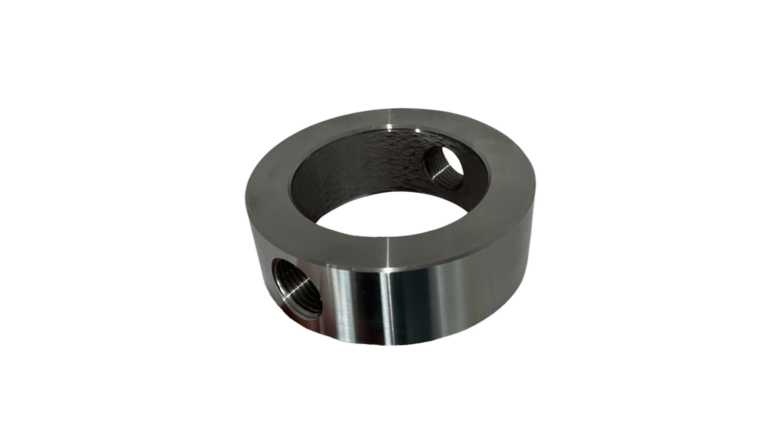
Flushing Ring: the key to cleaning and calibration without disassembly
Imagine you’re running an industrial plant and you’ve got a diaphragm seal protecting a pressure transmitter. Over time, the process fluid starts leaving deposits and
In this section, you will find technical articles where we break down everything you need to know about different types of high-pressure valves. From needle valves to check valves and ball valves, we explain how they work, their most common applications, and best practices for selecting them in projects that require handling fluids under high pressure. If you work with hydrogen, oil & gas, or desalination plants, these posts will help you better understand the high-pressure solutions you can apply.

Imagine you’re running an industrial plant and you’ve got a diaphragm seal protecting a pressure transmitter. Over time, the process fluid starts leaving deposits and
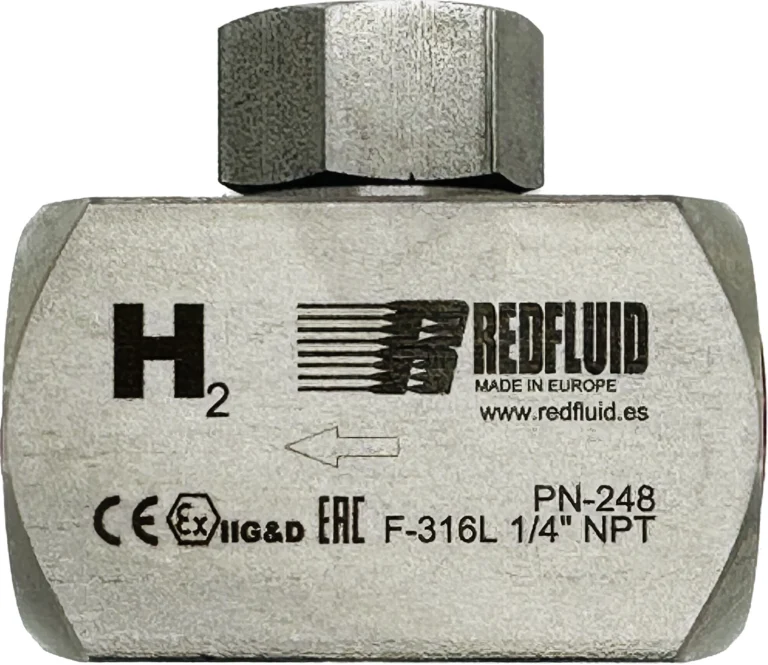
Imagine installing just any check valve in a hydrogen circuit. At first, everything seems to work fine — but over time, internal materials begin to
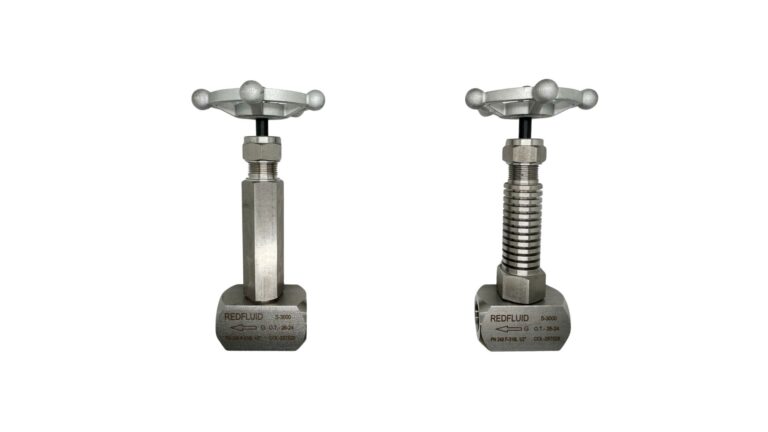
You’ve probably heard about high-temperature or cryogenic valves, the ones that are incredibly resistant because they operate under extreme conditions. But what makes them so
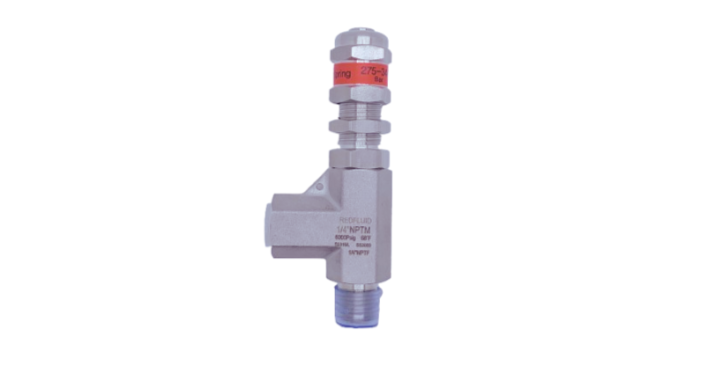
“Hey Kike, do you have a valve that can prevent my system from exploding if the pressure rises?”Of couuuurse we do! In these cases, our
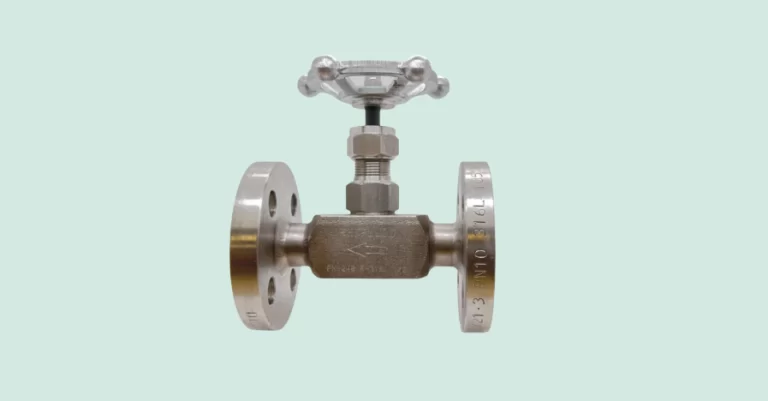
All the Essentials for Engineers and Procurement Teams to Specify and Purchase Flanged Needle Valves Correctly. You’ve probably heard about flanged needle valves, those that
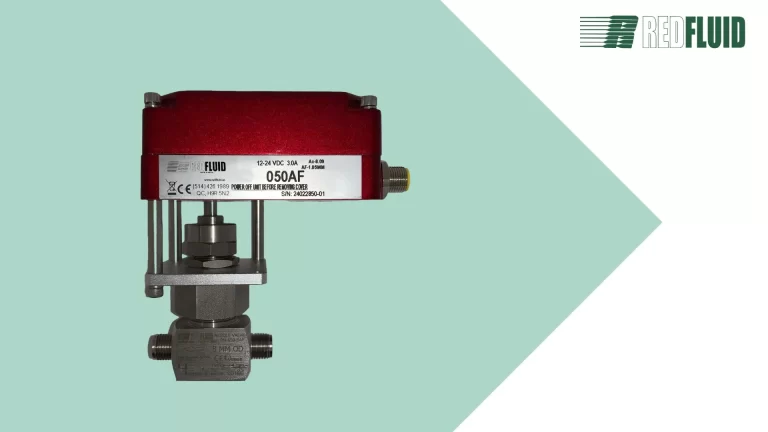
Many times, clients ask me, “Hey Kike, do you have a valve that can replace globe or control valves?” Of course, we do!But can a
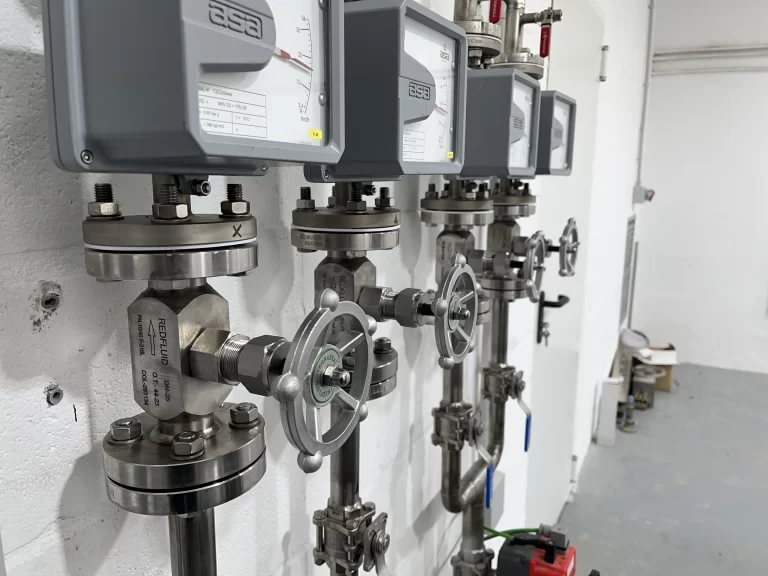
One thing we are often asked by customers when purchasing a rotameter is for a needle valve. You might be wondering, why are needle valves

Imagine you’re in the workshop, trying to measure the exact length of a part, and you don’t want to look clueless in front of the
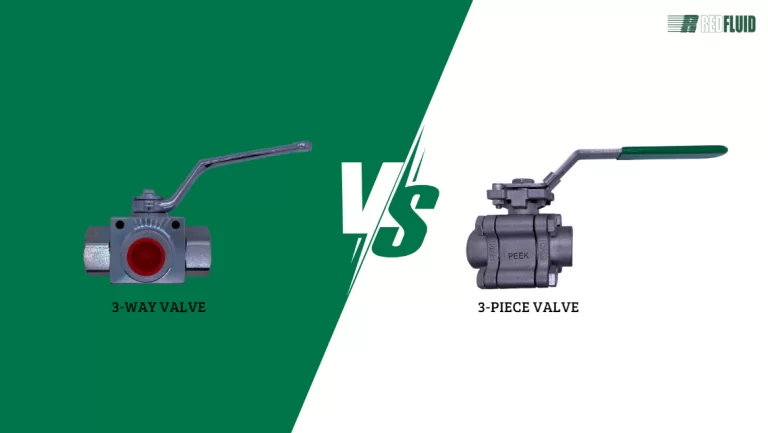
Do you know the difference between a 3-way valve and a 3-piece valve? There’s a lot of confusion on this topic, and many times you
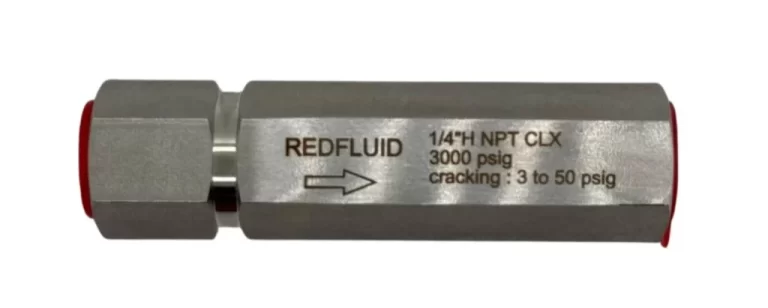
What is a check valve with adjustable cracking pressure? If you work with check valves and are always adjusting the pressure, cracking pressure, or opening